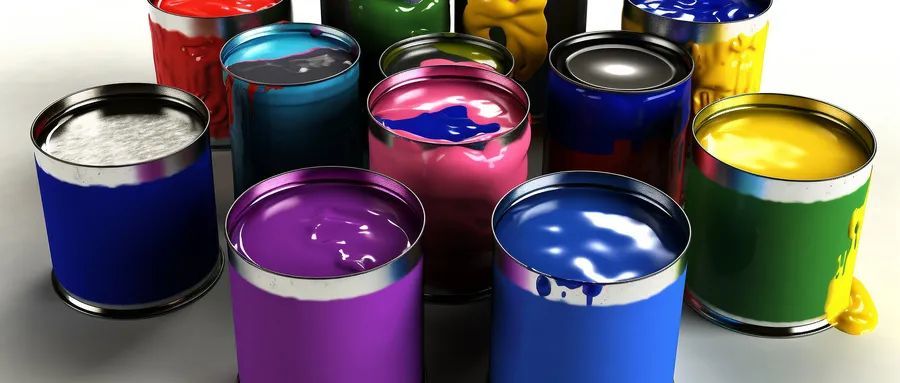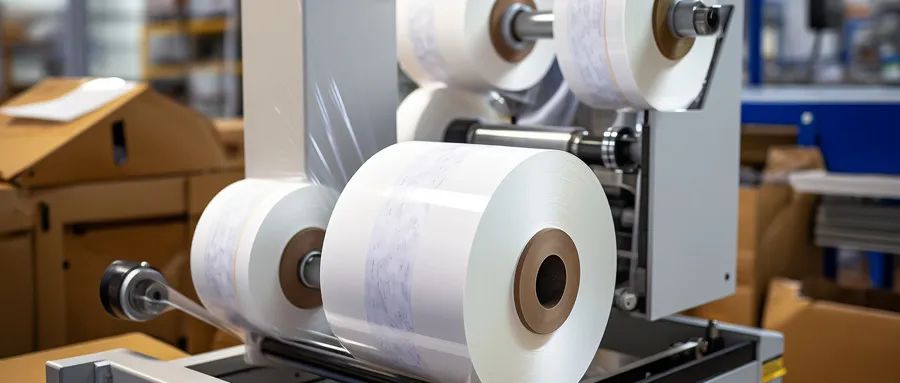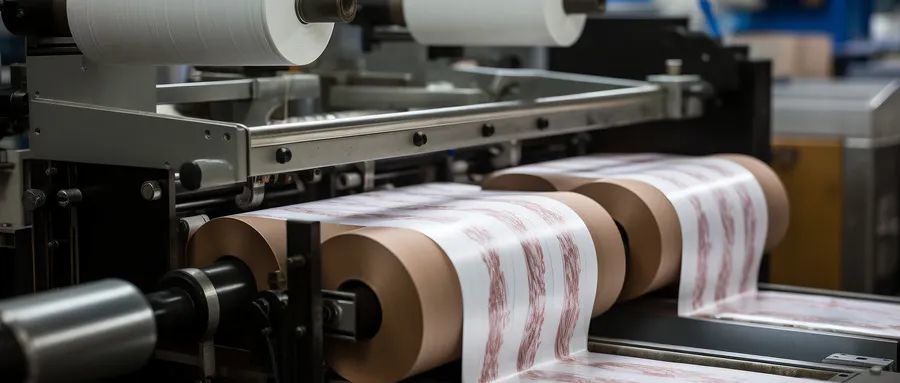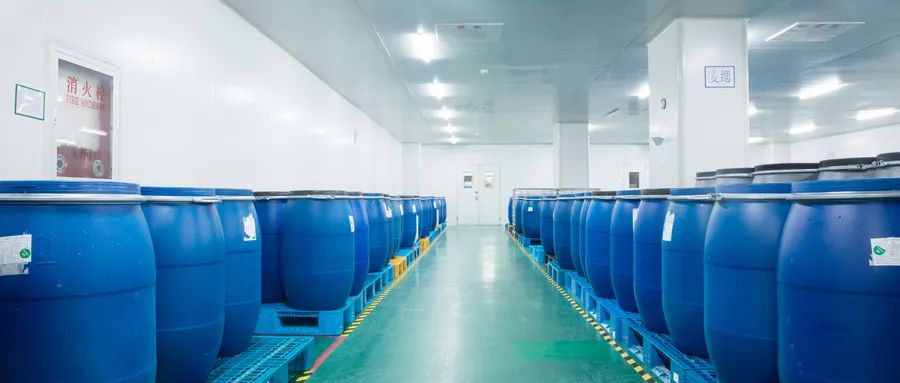An article that tells it all! Poor ink adhesion? Find the cause in these four major areas!
Release Time:
12 May,2025
Poor adhesion of ink (poor adhesion and poor firmness) refers to the phenomenon that the ink adheres to the surface of the printing material, rubs, rubs, rubs the ink with hands or uses transparent tape to stick to the surface of the ink, and the ink film falls off the printing material or partially falls off. Taking films as an example, poor ink adhesion can easily cause the ink film to peel off when the film is curled
Poor adhesion of ink (poor adhesion and poor firmness) refers to the phenomenon that the ink adheres to the surface of the printing material, rubs, rubs, rubs the ink with hands or uses transparent tape to stick to the surface of the ink, and the ink film falls off the printing material or partially falls off. Taking films as an example, poor ink adhesion can easily cause the ink film to peel off when the film is curled, which will cause the back to be dirty or the color will be bitten during the overprinting process. In severe cases, the entire batch of finished products will be scrapped, which is very harmful to the film label. There are many reasons that affect the adhesion of ink, such as ink, printing material, printing process, ambient temperature and humidity, etc., which require comprehensive analysis in many aspects. In this article, the author explains the reasons for poor ink adhesion from these aspects, hoping to give readers some reference.
01 Ink
Incorrect ink selection
Different types of inks are suitable for different film materials, and the inks used for products of different uses are also different. If the adaptability between the ink and the film is poor and the affinity between the ink and the film is poor, it will lead to poor ink adhesion. Therefore, before printing, the corresponding ink type needs to be selected according to the characteristics of the film material and the product needs used, and cannot be consistent.
Unreasonable ink formula
The ink formula directly affects its adhesion performance, especially the selection of ink resin will directly affect the performance of the ink. If the resin, pigment, solvent and other components in the ink are unreasonable, such as the reduction of resin bonding materials, it may lead to a decrease in the ink film formation performance and the cohesion of the ink film, resulting in a decrease in the ink adhesion.

Improper ink storage
Improper ink storage can also lead to a decrease in ink performance. Generally, inks with long storage time have relatively low resin content. If inks with long storage time or expired inks are printed, it will lead to a decrease in ink performance, which will affect the adhesion of ink on the film material.
02 Film Material
Surface tension of film materials
Commonly used film materials such as polyethylene, polypropylene, nylon, polyester, etc. have very smooth surfaces and no affinity for ink. The ink is not easy to adhere to. It needs to undergo special treatment to change its surface condition and chemical structure, increase the surface roughness and polarity between molecules, so that the ink can be bonded firmly. The adhesion of ink on the surface of the film material is closely related to the surface tension of the film material. If the surface tension of the film material is lower than the surface tension of the ink, it is difficult for the ink to form good adhesion on the surface of the film material. Therefore, the film material should be properly treated (such as corona treatment, etc.) before printing to increase its surface tension.
Film surface cleanliness
Pollutants on the surface of the film will affect the adhesion effect of the ink, such as impurities such as oil, dust, etc., which will cause the adhesion between the ink and the film material to decrease.

Additive precipitation
Most printed films contain a variety of additives, such as antistatic agents, slip agents, opening agents, plasticizers, anti-aging agents, etc. These additives precipitate onto the surface of the film and form a barrier layer, and the adhesion of the ink on the base film will be damaged, resulting in a greatly reduced printing firmness.
Storage environment
The storage conditions of films are not suitable, such as excessive humidity, and some film materials (such as nylon, polyester, etc.) are very likely to absorb moisture during storage. The surface tension of the film material after moisture absorption will decrease, which will easily lead to poor ink adhesion. In addition, the storage of films beyond the deadline will also lead to a decrease in the surface performance of the film, resulting in a decrease in the adhesion of the ink to the substrate.
03 Printing process
During the printing process, poor ink adhesion may occur, such as ink emulsification, ink layer being too thick, and imperfectly drying.
Ink absorbs moisture emulsification
Ink emulsification refers to the dispersion, condensation and other conditions of ink in an environment with high water or humidity. Ink moisture absorption and emulsification can easily cause the resin to decrease its adhesion and cohesion, thereby reducing the ink adhesion.

The ink layer is too thick
During the printing process, if the ink layer is too thick, it will cause the ink to form an uneven coating on the surface of the film material, resulting in false drying, which will affect the adhesion of the ink.
The ink is not thoroughly dry
The printing speed and the drying ability of the equipment have a great impact on the ink's thorough drying performance. Too fast printing speed will lead to incomplete drying of the ink, and the ink does not have time to form good adhesion on the surface of the film material, which is prone to fall off.
The proportion of ink resin is relatively small
During the printing process, excessive dilution of ink will lead to a decrease in the content of the resin, and the reduction of ink resin will cause the ink adhesion to decrease, thereby affecting the adhesion of the ink.
04 Ambient temperature and humidity
Ambient temperature
Temperature determines the activity of the intermolecular movement of the film material. Under higher temperature conditions, the viscosity of the ink decreases, the surface activity of the film increases, the transfer and adhesion properties of the material are improved, and the leveling and wettability of the ink solvent are increased, so the ink can be better adhered.

Ambient humidity
Humidity will also have a certain impact on the adhesion performance of the ink. If the humidity is too high, a water drop barrier layer will be formed on the surface of the film. Water vapor enters the ink inside the ink to emulsify the ink resin. An unsuitable high-humidity environment may cause the ink adhesion to decrease.
To sum up, the reasons for poor ink adhesion involve multiple factors such as ink performance, film material, printing process, and environment. In the actual printing process, the reasons can be analyzed and corresponding solutions can be adopted according to the specific situation to improve the adhesion of the ink on the surface of the film. For example, if you choose ink that matches the film, try to choose inks of good quality to avoid poor ink adhesion from the source; choose solvents that match the ink and printing conditions to maintain the good solubility, dryness and wetting properties of the solvent; perform surface treatment of the film in advance to maintain the surface adhesion of the film, and be sure to check the surface tension of the film before going on the machine; strictly implement the warehousing management methods of ink and film, and not only control the temperature and humidity of the environment, but also ensure the neatness of the storage environment. In addition, the principle of "first in, first out" should be followed to avoid excessive use.
Related News
Add: No. 30-45 Huixi Road, Liangxi District, Wuxi, China
Follow us








